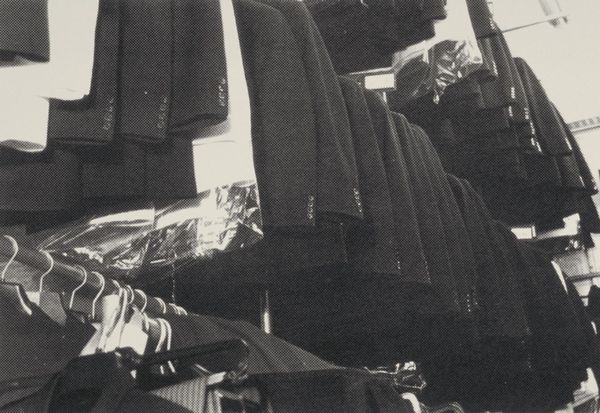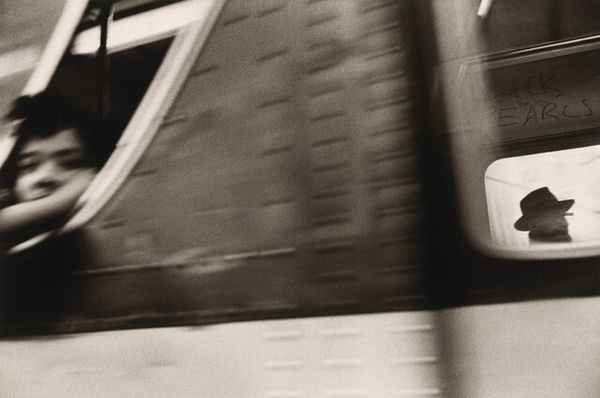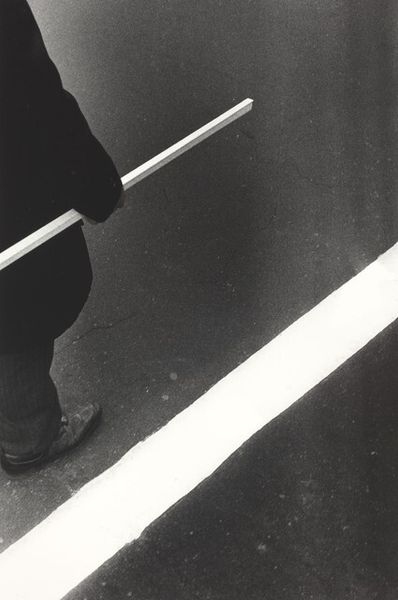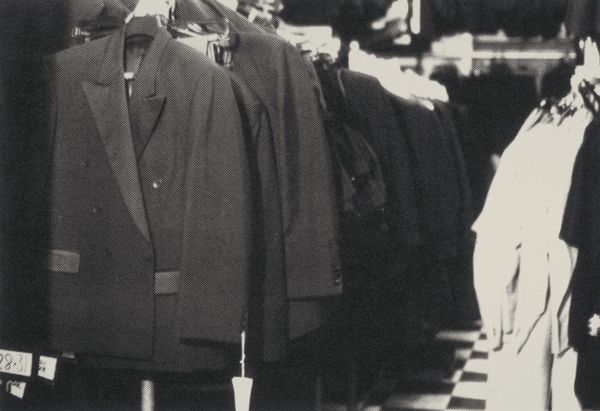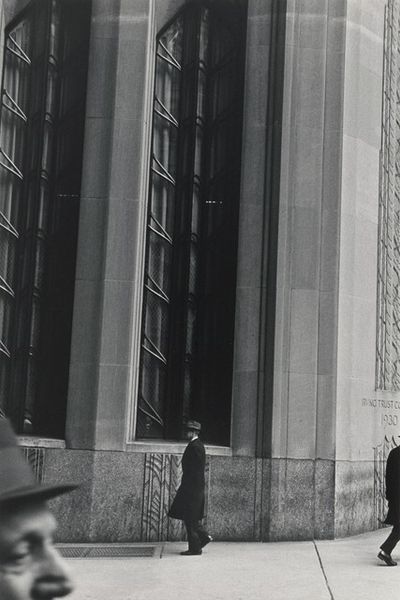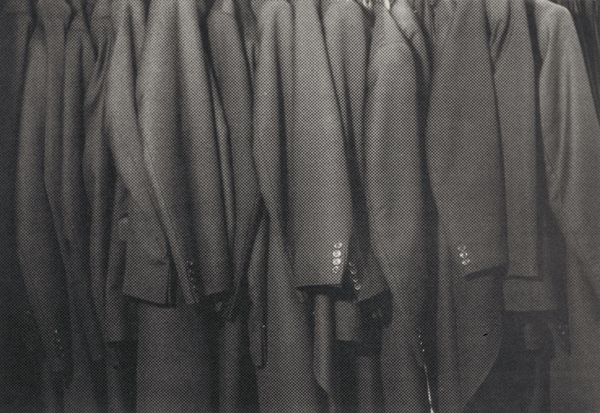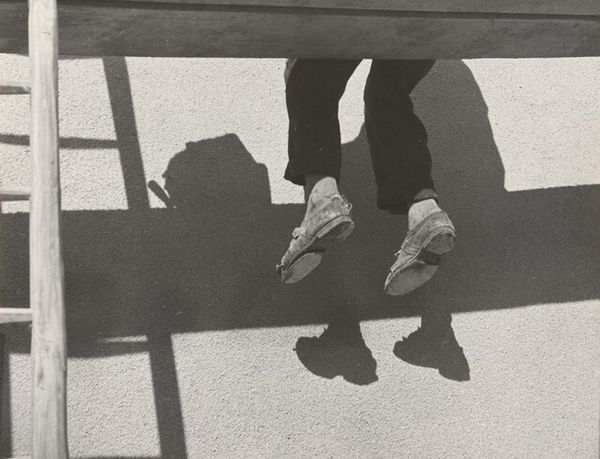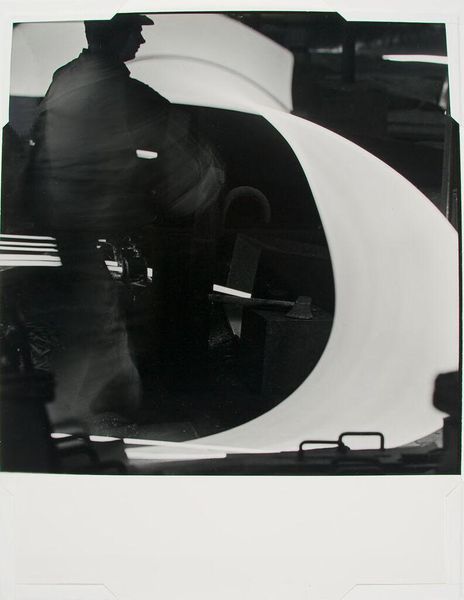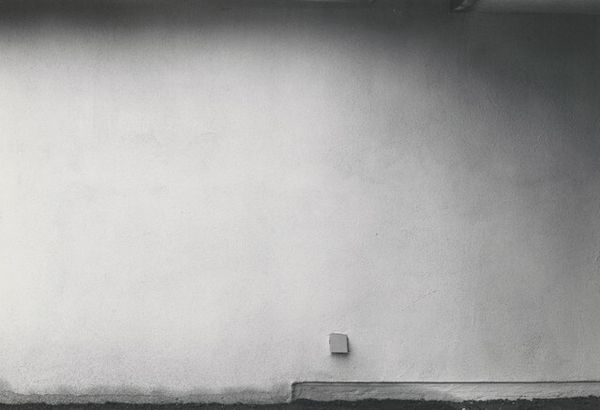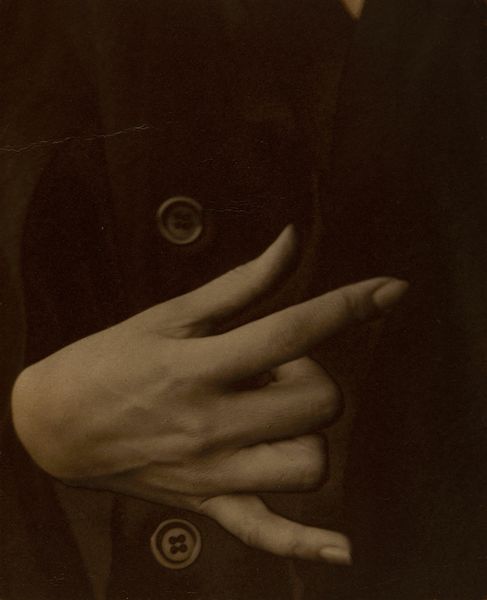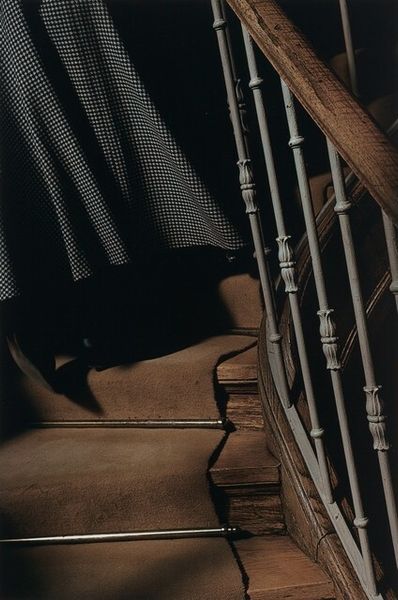
photography, gelatin-silver-print
#
black and white photography
#
street-photography
#
photography
#
black and white
#
gelatin-silver-print
#
monochrome photography
#
cityscape
#
monochrome
#
realism
#
monochrome
Dimensions: image/sheet: 22.86 × 33.34 cm (9 × 13 1/8 in.)
Copyright: National Gallery of Art: CC0 1.0
Editor: This is "Begging" by Saul Leiter, a gelatin silver print from around 1949. It has a kind of melancholic stillness. The stark monochrome emphasizes the texture of surfaces, like the concrete. What stands out to you? Curator: Well, I’m immediately drawn to the materials – the gelatin silver print, a readily available medium for mass production in the post-war era. Its accessibility democratized artmaking to a degree. What story do the grainy textures tell us about the economic conditions that allowed it to exist? Consider the urban landscape depicted: it highlights themes of economic disparity, using a ‘high art’ medium to reflect daily street life. What purpose does the reflective storefront glass have in this piece, practically? Editor: I see... the reflection almost creates a second layer to the scene. You're making me think about how Leiter is using readily available materials, both physically and visually, to comment on what's happening around him. Curator: Exactly! The composition, seemingly casual, is carefully constructed. Leiter utilizes light and shadow, not for mere aesthetics, but to amplify the visual weight of objects associated with lower class existence within a capitalist system. Consider the framing – is it arbitrary? How is class struggle emphasized or diminished by Leiter’s photojournalistic approach? Editor: It's like the formal elements – light, shadow, composition – become tools to dissect the societal structures of the time. Curator: Precisely! It compels us to examine our consumption habits and the power dynamics embedded in even the simplest street scene. Editor: I never would have considered all of that! This reframes the artwork's initial impact completely. Curator: Thinking about the means of production can really shift our understanding. Editor: Definitely. Now I'm going to be thinking about materials in a whole new way.
Comments
No comments
Be the first to comment and join the conversation on the ultimate creative platform.
